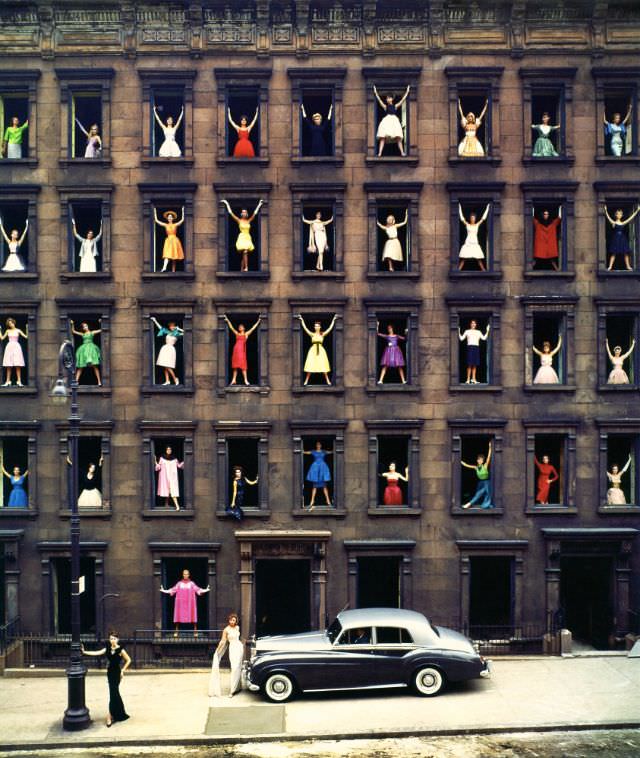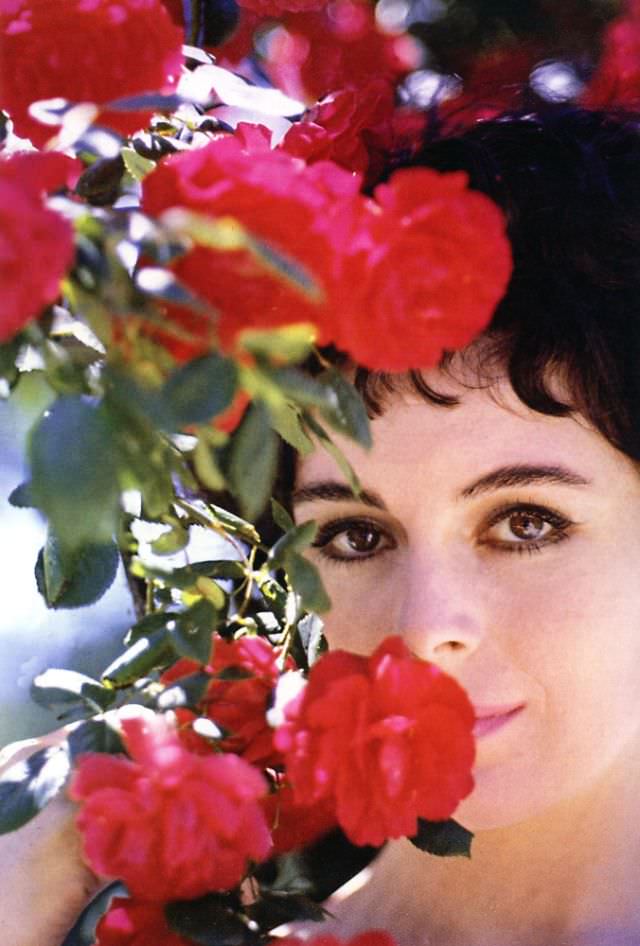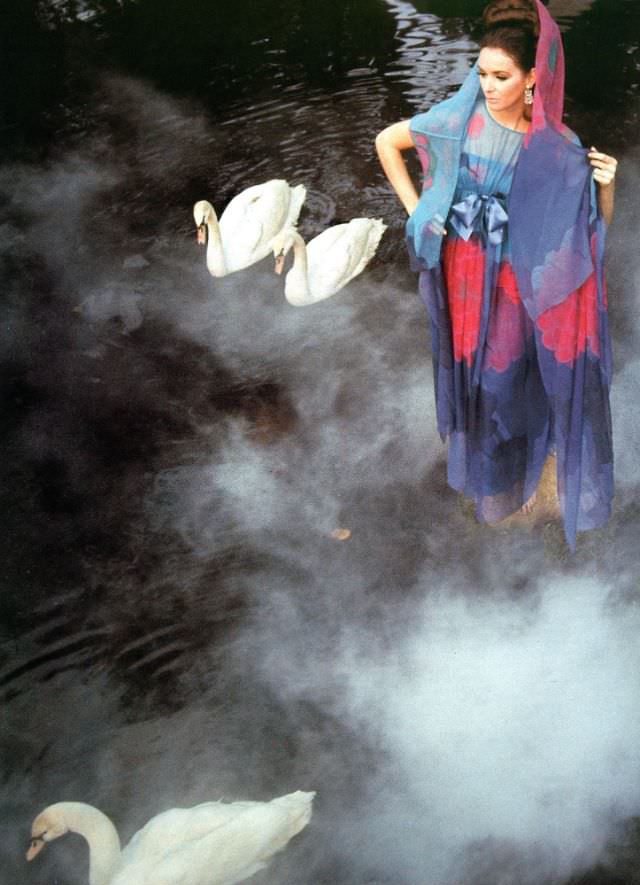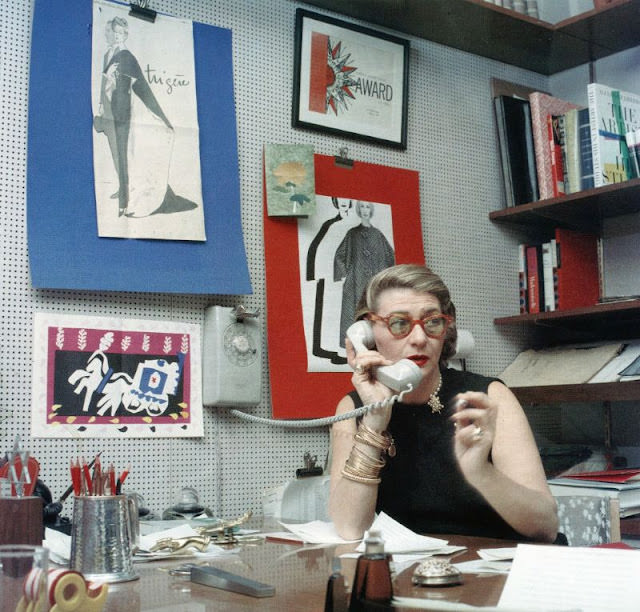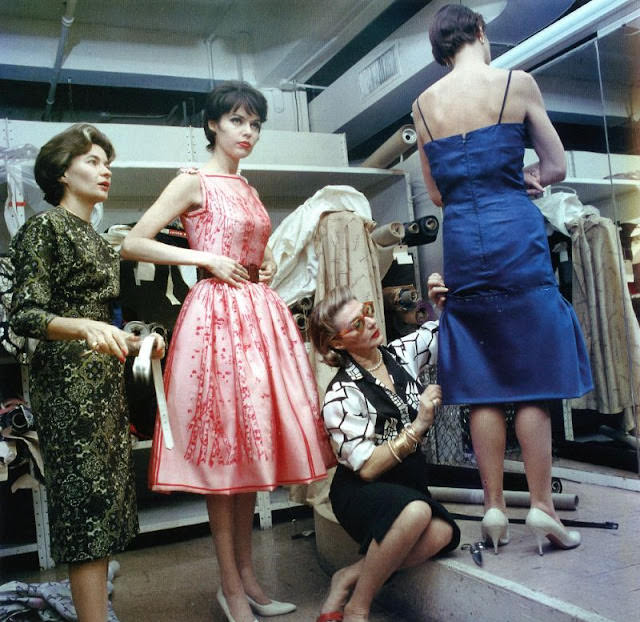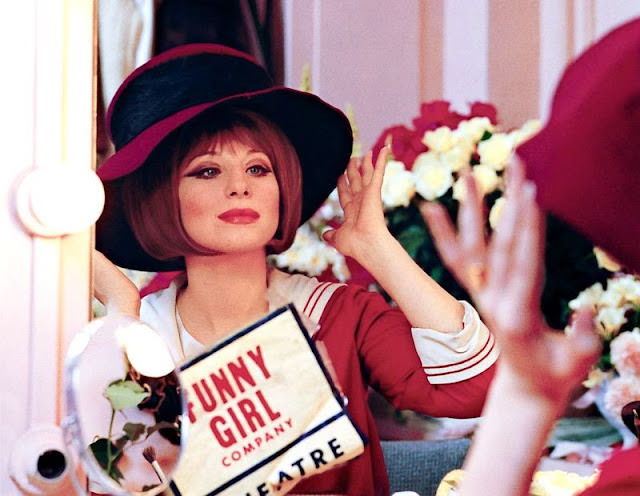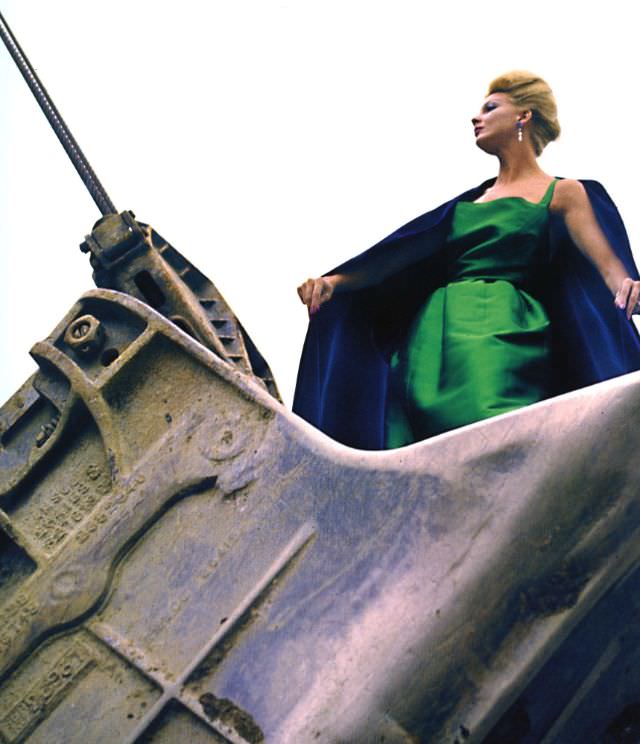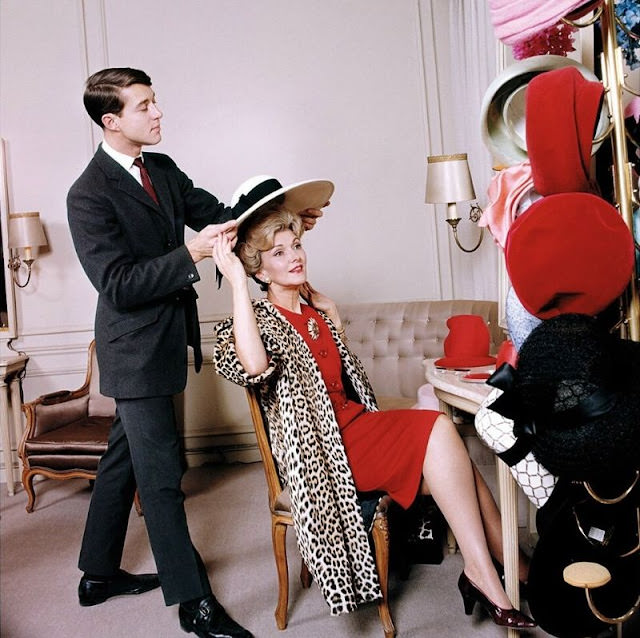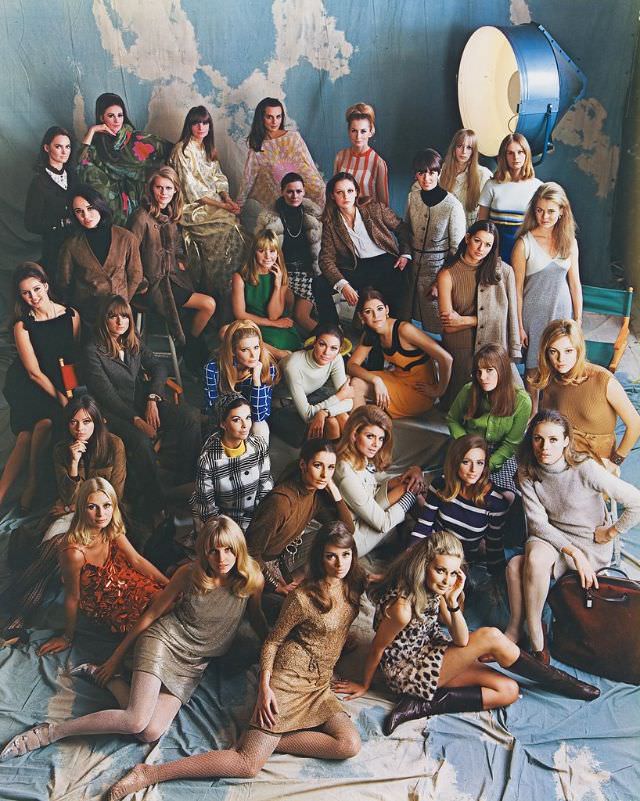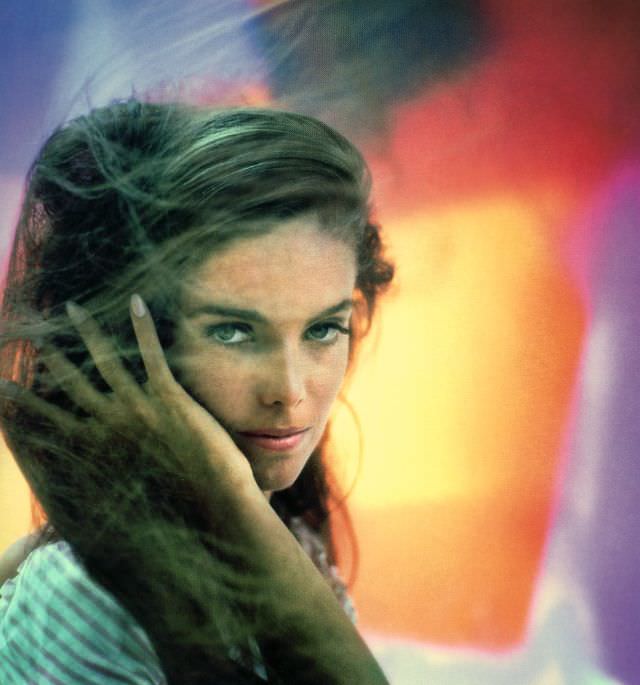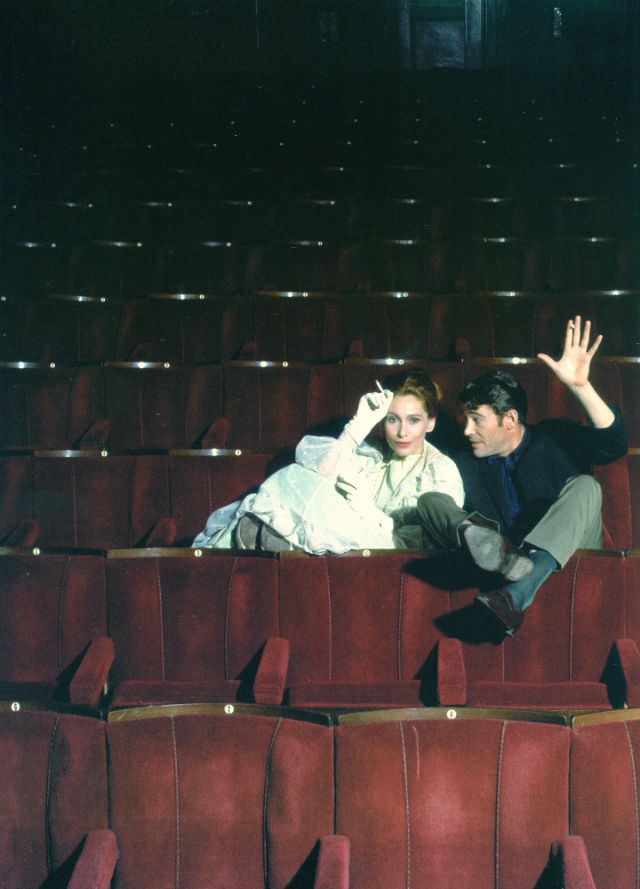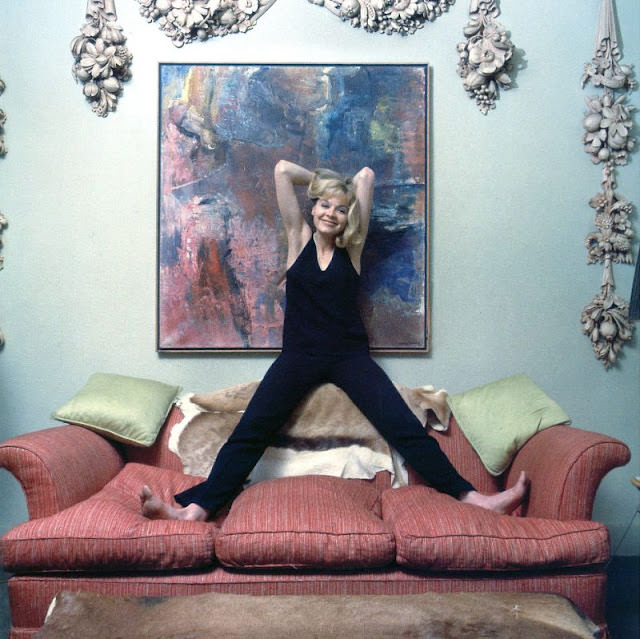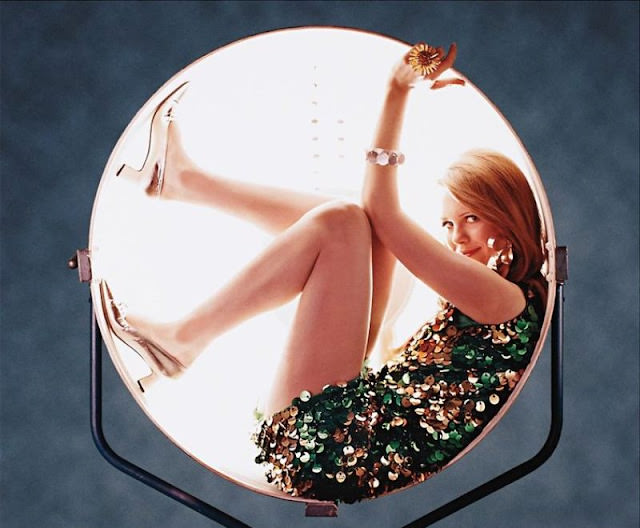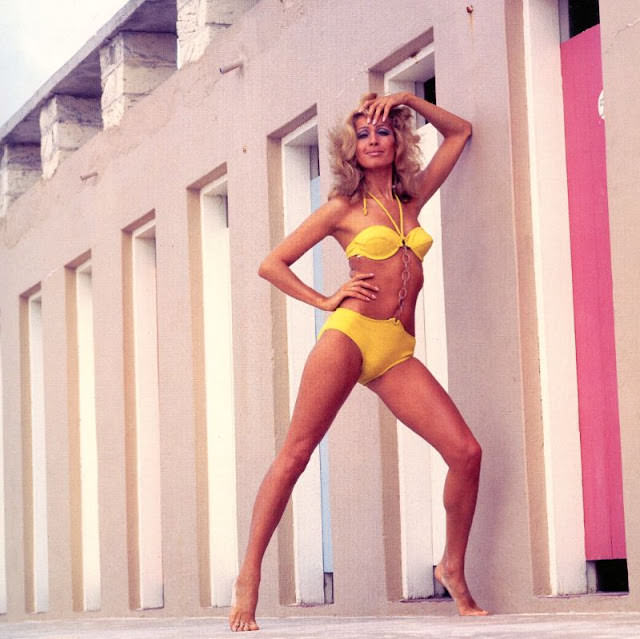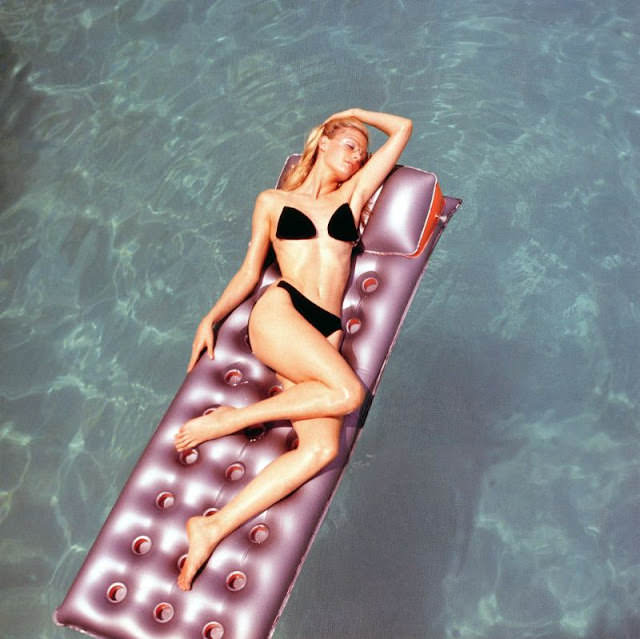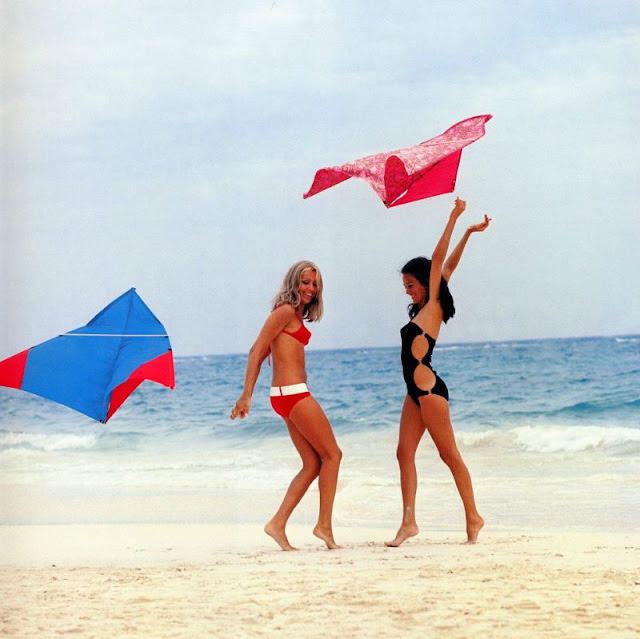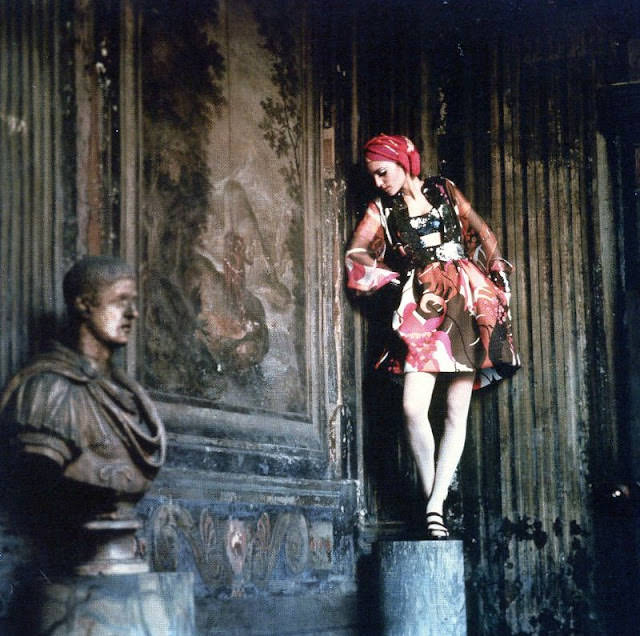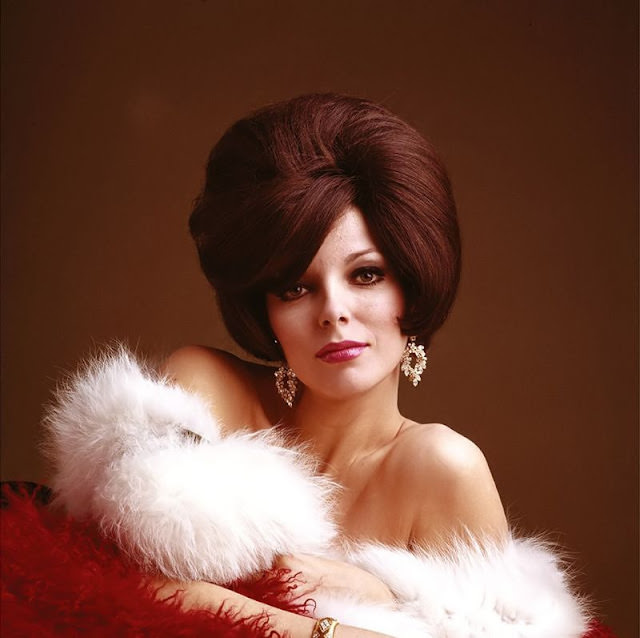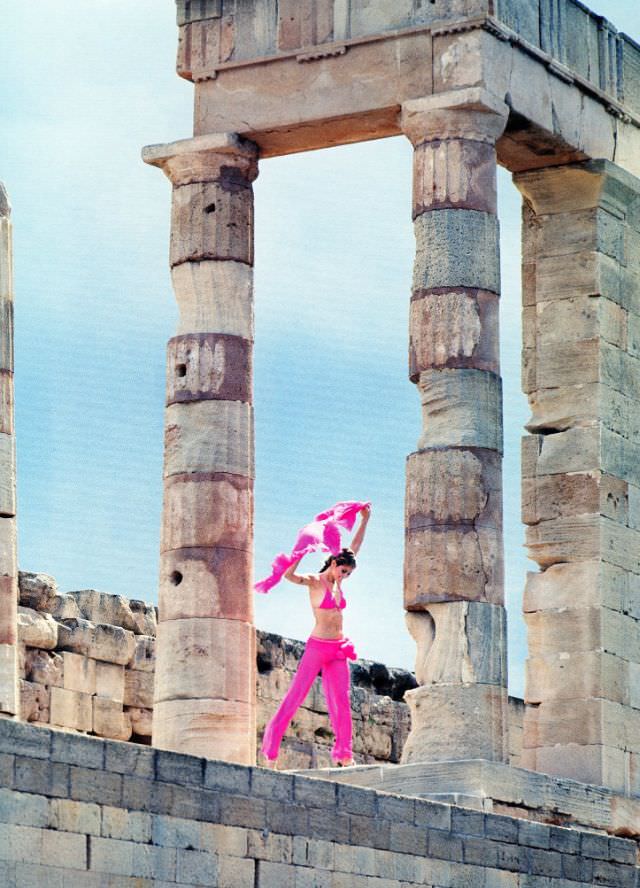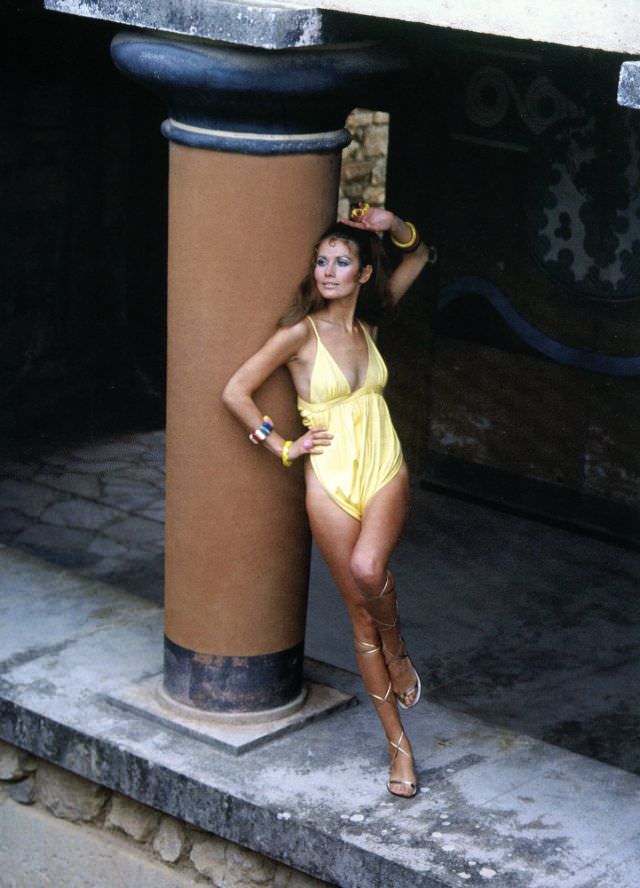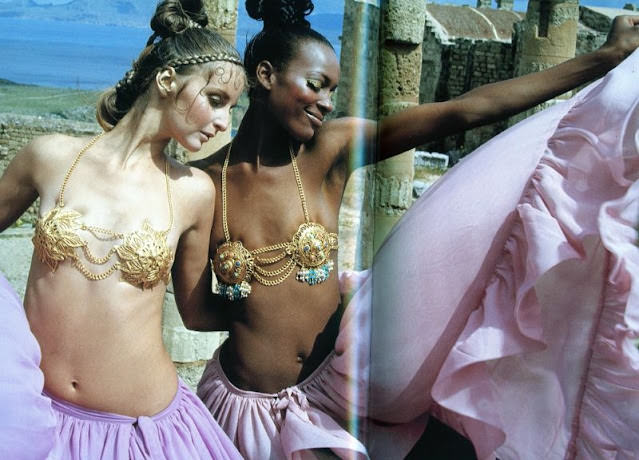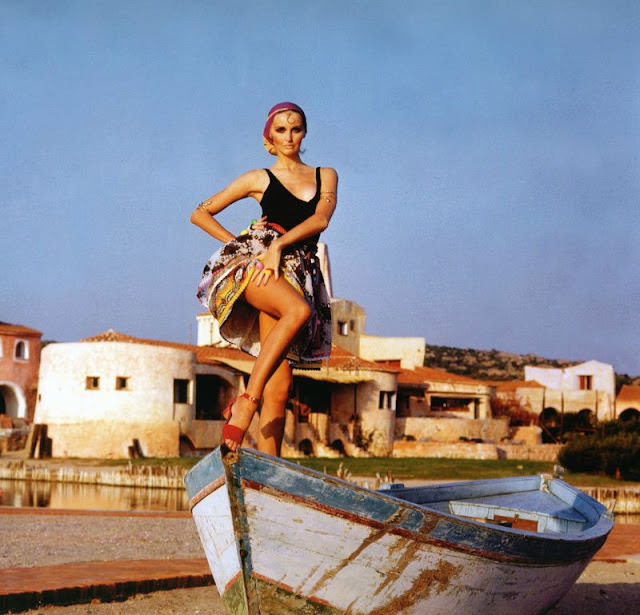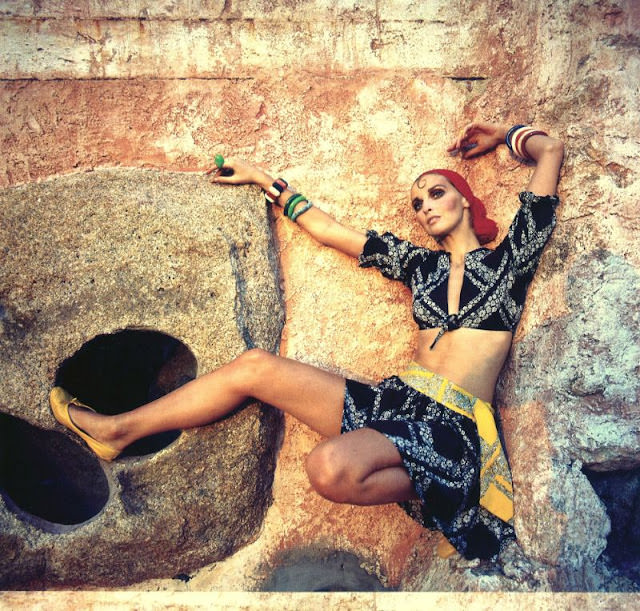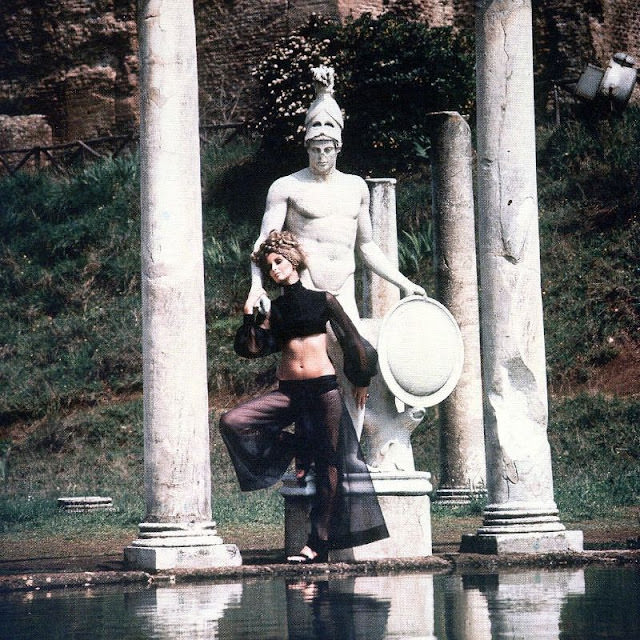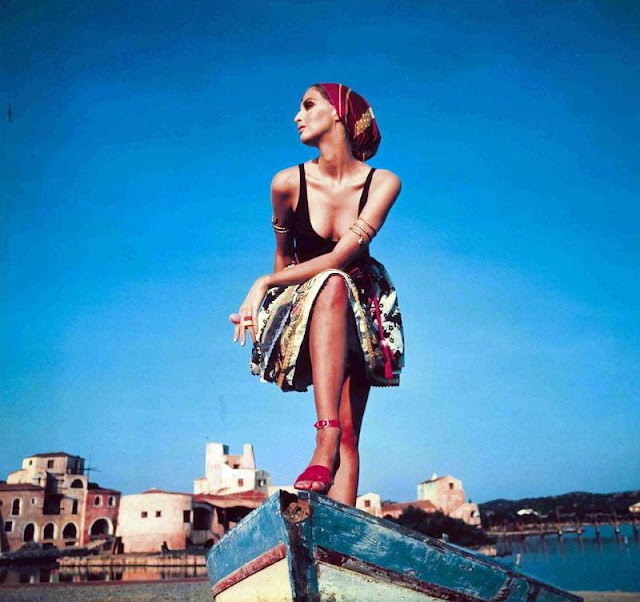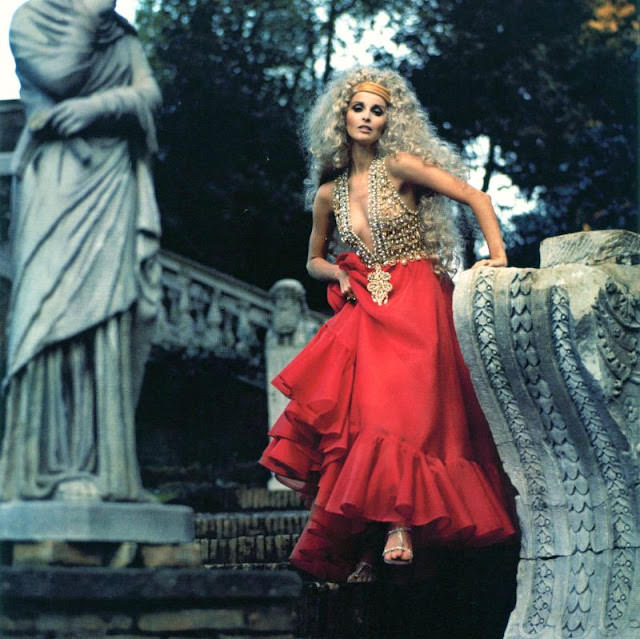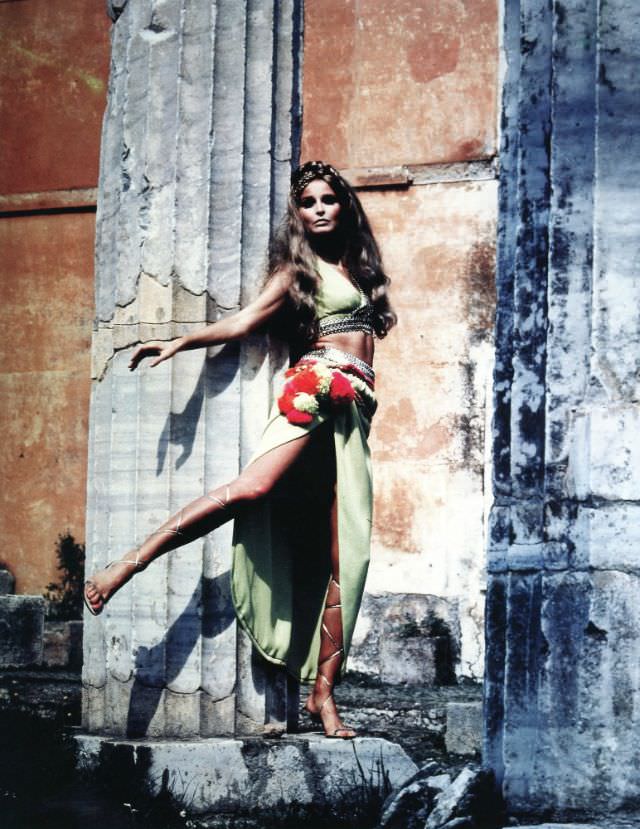The 1960s was a period of significant change – from the civil rights movement and the birth of the counterculture to the moon landing. It was a time when boundaries were pushed in every field, especially in the world of fashion photography. At the forefront of this artistic evolution stood a stalwart of visual innovation – Ormond Gigli.
Born in the heart of New York City in 1925, Gigli was already making waves in the 1950s. His work was not just a snapshot of a person; it was an intimate glimpse into their souls, a story told through eyes, posture, and ambiance. His images graced the covers of renowned publications like Life, Time, and Paris Match, making him one of the most sought-after photographers of his era.
From Portraits to Icons
Gigli had the unparalleled knack of capturing the very essence of his subjects. The allure of Sophia Loren at 21, the enigmatic Marcel Duchamp, the dashing John F. Kennedy, the glamorous Gina Lollobrigida, the ever-elegant Marlene Dietrich – all frozen in time by Gigli’s lens. These weren’t just pictures; they were time capsules.
And it wasn’t just celebrities. Gigli’s vision stretched beyond the famous, as he ventured into the realms of theatre, dance, and exotic places. His camera saw what the naked eye often overlooked – the raw emotion of a dancer, the charm of an unknown street, the spirit of a foreign land.
The Timeless ‘Girls in the Windows
In 1960, Ormond Gigli created what many consider his pièce de résistance – “Girls in the Windows.” This self-assigned photograph wasn’t just an image; it was a symphony of color, style, and innovation. The photograph showcased models standing in the windows of a New York City brownstone. At a glance, it depicted the fashion and sensibilities of the time. On closer inspection, it revealed so much more – a commentary on the evolving role of women, a hint of rebellion, and a whole lot of style.
The 1960s fashion world owes much to Gigli. He didn’t just document the era; he helped shape it. Through his lens, the 1960s wasn’t just about miniskirts, mod looks, and the Beatles. It was about capturing the zeitgeist of the times, the shifting paradigms, and the ever-evolving definition of beauty.


